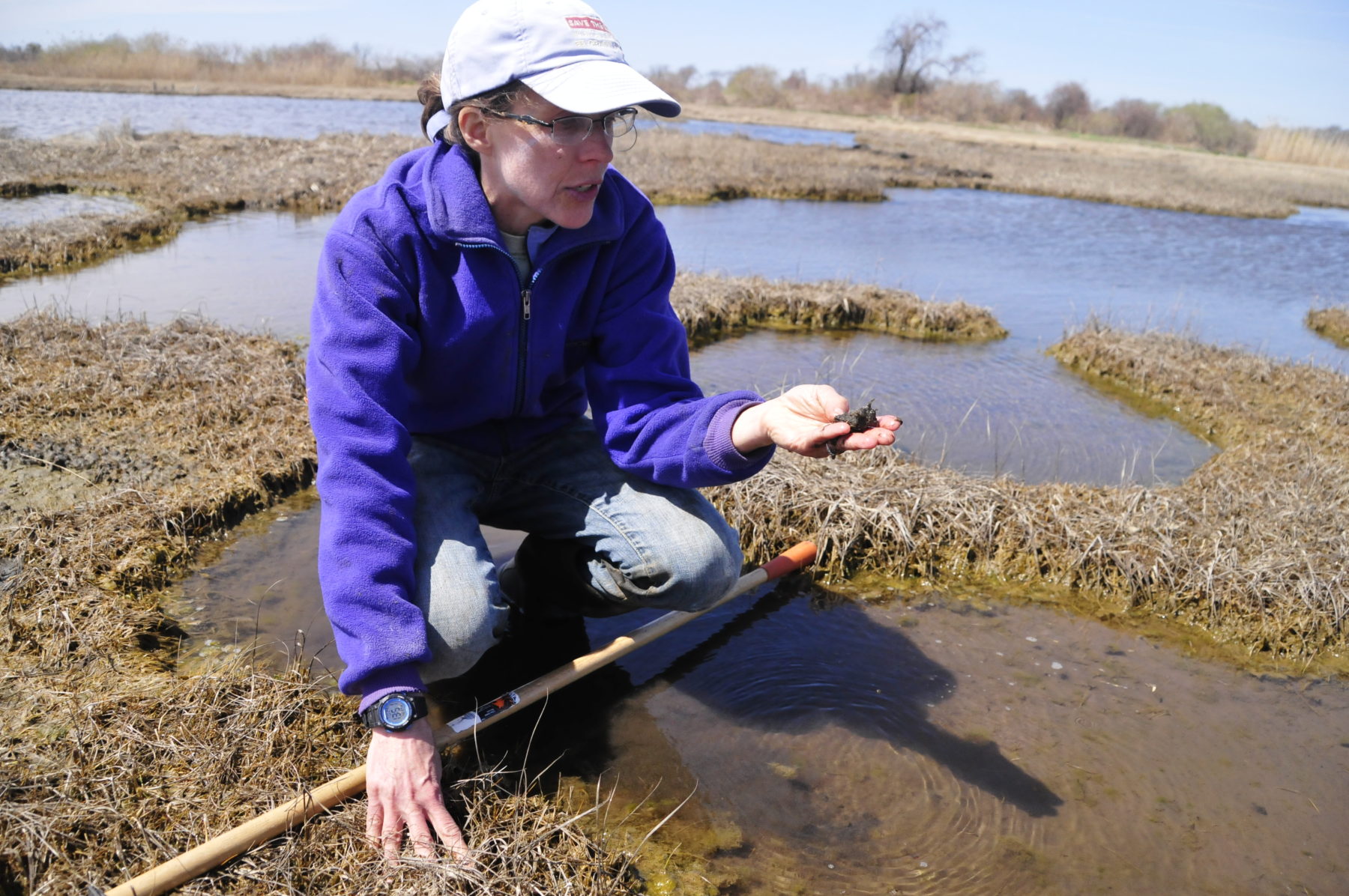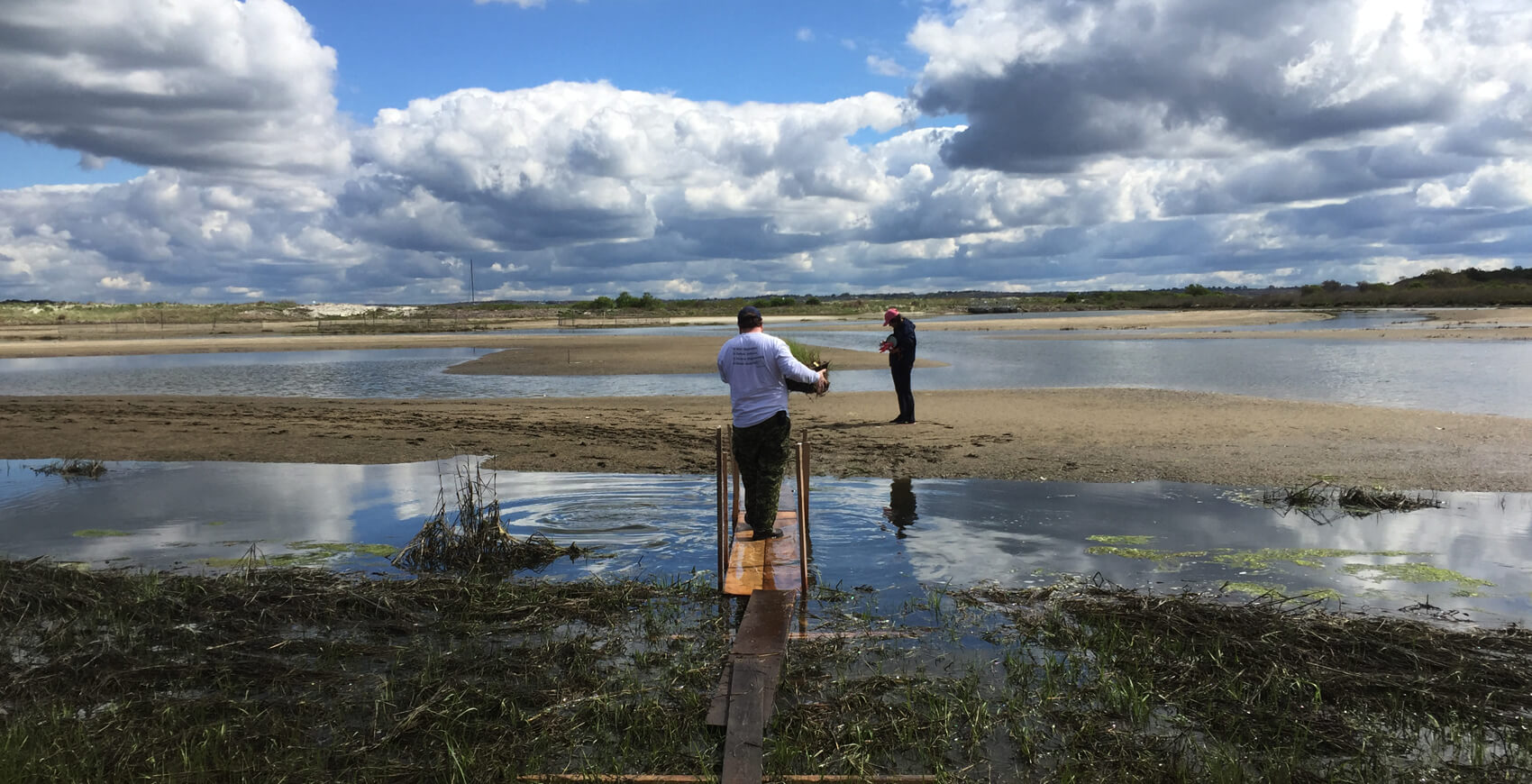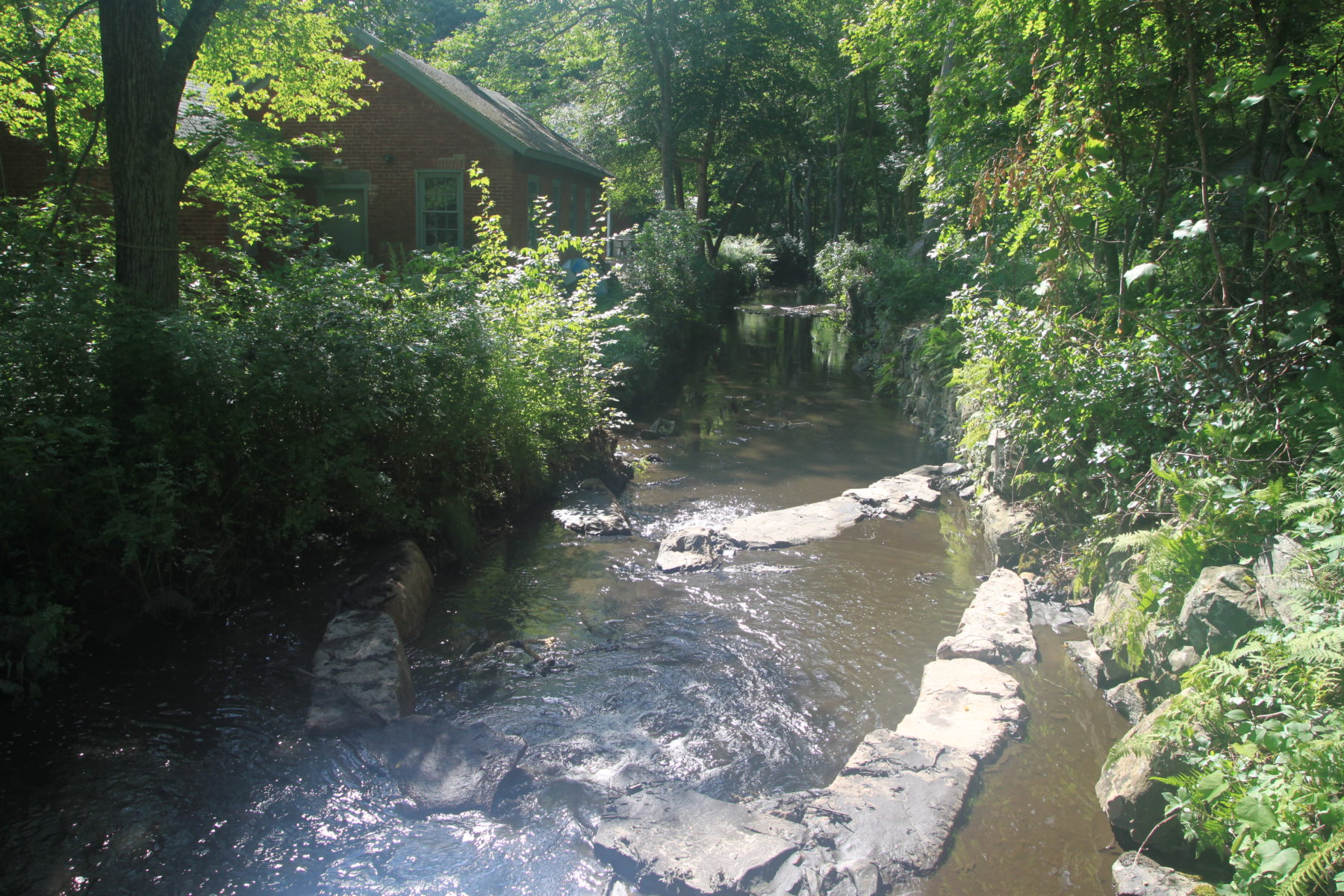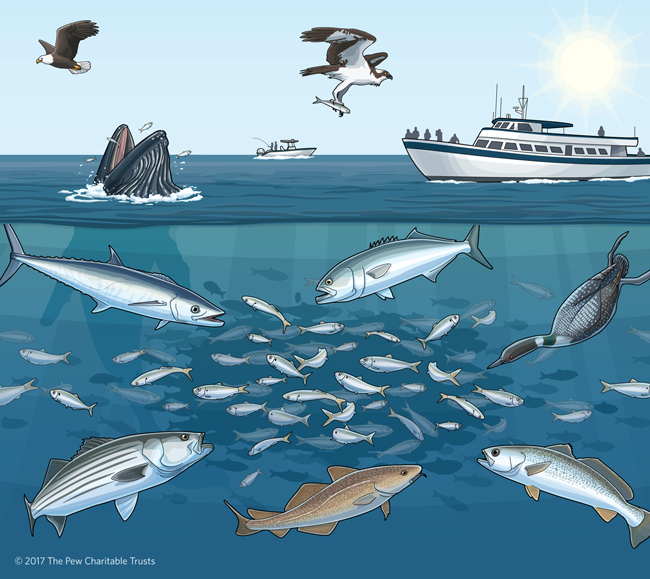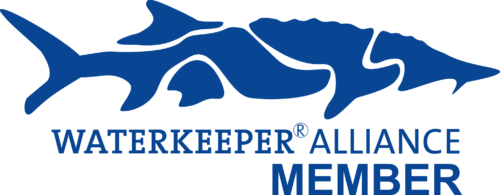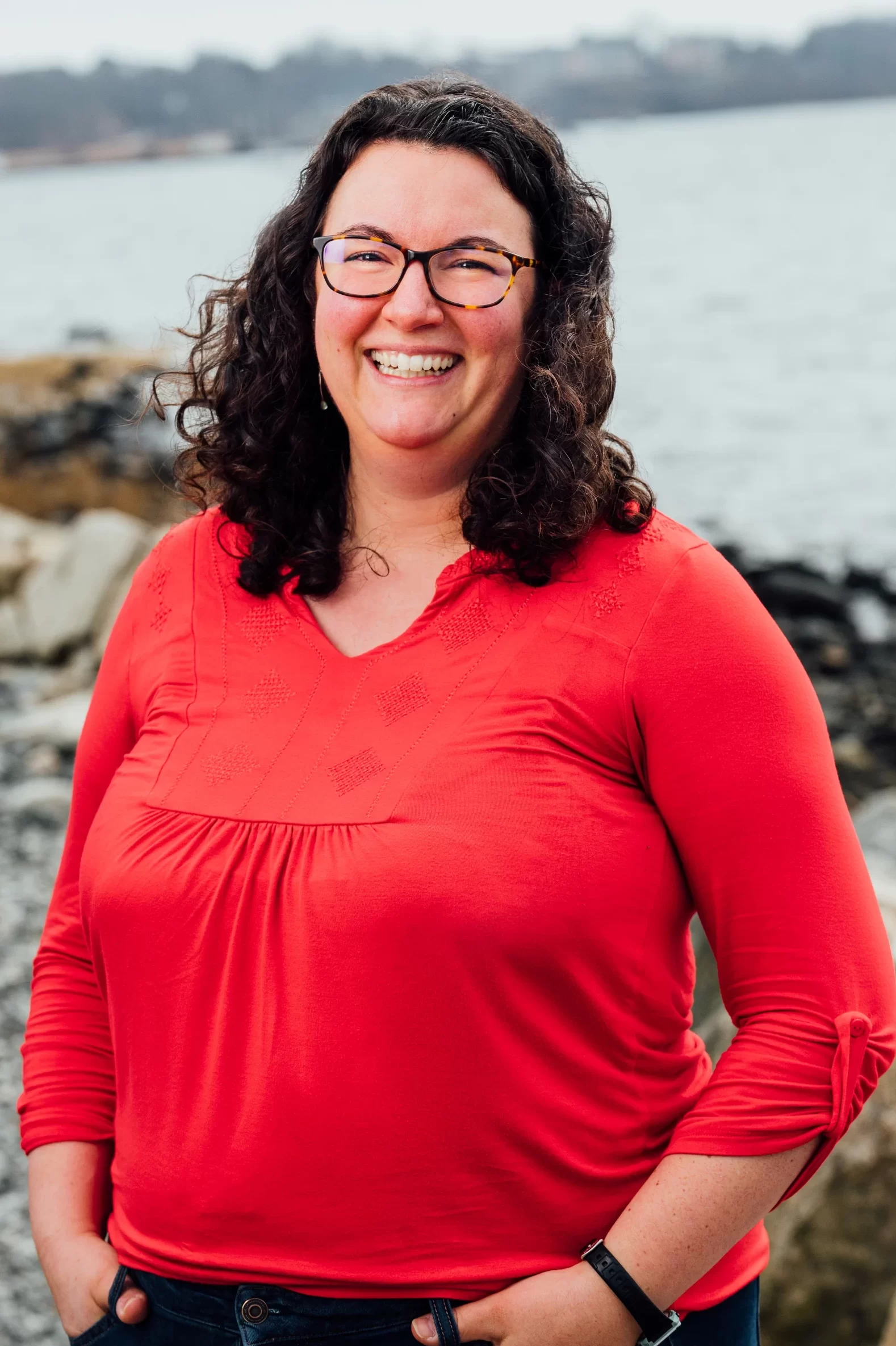Marsh and Coastal Adaptation
A salt marsh is a wetland area located between the land and the ocean. Salt marshes are characterized by plants that can handle regular tidal flooding by salt water; different types of plants are located in zones called upper marsh, high marsh, and low marsh. Salt marshes are highly productive systems that produce more basic food energy per acre than any other known ecosystem, including tropical rain forests and freshwater wetlands. Unfortunately, in the past 300 years: more than half of the Bay’s salt marshes have been destroyed, most of the remaining marshes have been damaged by human activity. and remaining marshes are increasingly vulnerable to rapid sea level rise.
Human Activity: Human activity has altered salt marshes through tidal flow restrictions, stormwater outfalls, inadequate buffers and historic fill. When tidal waters are not allowed to drain properly from the marsh, marsh plants drown and die. Their demise leads to a loss of marsh elevation and the creation of open water, which doesn’t support marine life the way marshes do. Additionally, pools of stagnant water on the marsh surface provide excellent breeding ground for mosquitoes. Historic fill increases the elevation of the marsh, allowing invasive plants to outcompete native plants.
Invasive Reed: In many marshes, human disturbance has led to an invasion of Phragmites australis, a species of reed that can grow up to 15 feet. Phragmites prefers freshwater habitats with lots of nutrients and, therefore, is a sign that a marsh is of poor quality. This invasive Phragmites australis has effectively choked out much of our native Phragmites, as well as other native marsh grasses, reducing wildlife habitat value, plant diversity and species abundance.
Climate Change and Sea Level Rise: Salt marshes naturally adapt to normally-occurring sea level rise as sediment and organic matter from plant decay raises the marsh floor gradually, over time, and as marsh plants migrate inland. However, sea level rise is now happening at such an accelerate pace that marshes are becoming permanently flooded, drowning in place before they can naturally respond to the changing conditions. As a result, the Bay is losing increasingly more of these invaluable habitats that are critical to both water quality and biodiversity.
Restoration and Adaptation Efforts
Since 1997, Save The Bay has facilitated community-based restoration projects by working with towns, cities, and other partners to improve water flow by modifying tidal restrictions, remove historic fill, better treat stormwater flow to limit sediment deposition in the marsh, and plant buffers to protect marshes from upland runoff. We also work with teachers and schools to grow salt marsh plants that are then planted in areas we are working to restore. More recently, we are studying salt marsh response to sea level rise and are working with federal, state, and local partners on adaptive management strategies to help these habitats survive. Our restoration projects have made a substantial contribution to the health of the Bay and its watershed.



